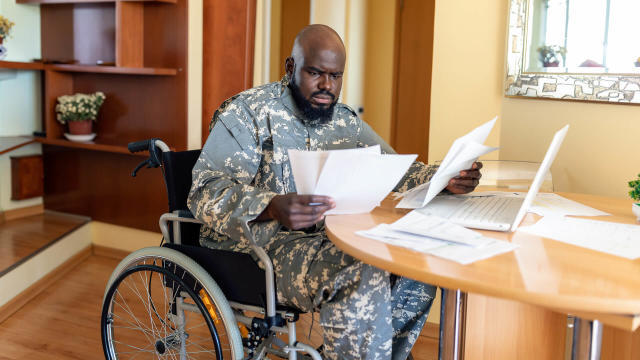In this guide, we’ll explain how disability discharge works, who qualifies, and how to apply.
What Is Disability Discharge for Student Loans?
Disability discharge is a form of student loan forgiveness designed for borrowers who are totally and permanently disabled. If you qualify, your federal student loans will be discharged, meaning you’ll no longer be required to make payments. As of July 2024, the program has provided significant relief to hundreds of thousands of borrowers, offering them a fresh start.
One of the best parts? The forgiven amount is not considered taxable income at the federal level through December 31, 2025. However, some states may tax the discharged amount, so it’s important to check your state’s policies.
Which Loans Qualify for Disability Discharge?

The following types of federal student loans are eligible for TPD discharge:
- Direct Loans (subsidized and unsubsidized)
- Federal Family Education Loan (FFEL) Program loans
- Perkins Loans
- TEACH Grants (if the service obligation was not met)
Private student loans are not eligible for this program, so if you have private loans, you’ll need to explore other options with your lender.
Automatic Disability Discharge
In 2021, the U.S. Department of Education made the disability discharge process automatic for certain borrowers. If you’re identified as totally and permanently disabled by the Social Security Administration (SSA) or the Department of Veterans Affairs (VA), you’ll receive a letter from your loan servicer notifying you of the discharge. You’ll also have the option to opt out if you choose.
Why would someone opt out? In some states, the discharged amount may be considered taxable income, which could create a financial burden. If you’re unsure about your state’s tax policies, contact your state tax office for clarification.
How to Apply for Disability Discharge
If you don’t receive an automatic discharge letter, you can still apply manually. Here’s how:
- Complete the Application: Fill out the Total and Permanent Disability Discharge Application, available on the Federal Student Aid website.
- Gather Supporting Documentation: Depending on your situation, you’ll need to provide proof of your disability from one of the following sources:
- Department of Veterans Affairs (VA): Documentation showing you have a 100% service-connected disability or are totally disabled based on an individual unemployability rating.
- Social Security Administration (SSA): A notice of award or Benefits Planning Query showing you’re eligible for Social Security Disability Insurance (SSDI) or Supplemental Security Income (SSI).
- A Licensed Physician: A signed certification from your doctor stating that your condition meets one of the following criteria:
- It is expected to result in death.
- It has lasted (or is expected to last) for at least 60 months.
- Submit Your Application: Send your completed application and documentation to Nelnet, the loan servicer that handles disability discharges. You can also request a 120-day payment pause while your application is being processed.
The Three-Year Monitoring Period
If your disability discharge is approved based on SSA documentation or a physician’s certification, you’ll enter a three-year monitoring period. During this time, your loan servicer will check to ensure you still meet the eligibility requirements. Your loans could be reinstated if:
- You take out new federal student loans.
- You receive a notice from the SSA stating that you no longer have a total and permanent disability.
If you qualify for discharge through the VA, the monitoring period does not apply.
Can You Get a Refund for Previous Payments?

Yes! If your application is approved, you may be eligible for a refund of payments made after the date your disability was determined. Here’s how it works:
- VA Documentation: Refunds apply to payments made on or after the effective date of the VA’s disability determination.
- SSA Documentation: Refunds apply to payments made after the date Nelnet received your SSA documentation.
- Physician Certification: Refunds apply to payments made after the date your physician certified your application.
What If Your Application Is Denied?
If your application is denied, Nelnet will provide an explanation. You’ll need to resume making payments immediately. However, you have 12 months to dispute the decision by submitting additional documentation to support your case. After 12 months, you’ll need to start the application process over if you wish to reapply.
Bottom Line
The Total and Permanent Disability Discharge program offers a lifeline to borrowers who are unable to work due to a disability. Whether you qualify for an automatic discharge or need to apply manually, the process is designed to provide relief and help you move forward. If you believe you qualify, take the first step by gathering the necessary documentation and submitting your application.
Remember, you’re not alone in this process. Reach out to your loan servicer or a trusted professional if you need guidance. By taking action, you can alleviate the burden of student loan debt and focus on your health and well-being.
